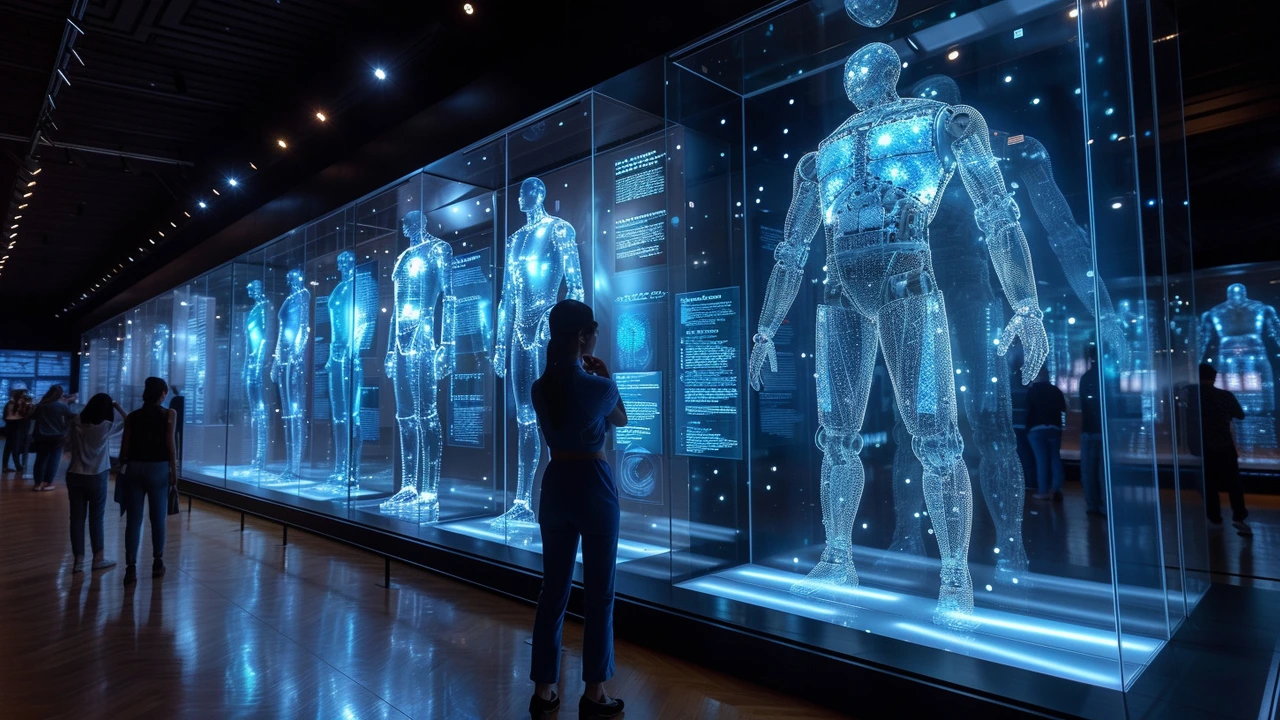Technology Trends: How AI, VR, and Smart Cities Shape Art & Design
AI is already producing images, VR brings you inside an artwork, and cities are using design ideas once only imagined by futurists. This tag page collects articles that show how technology changes creative work, public space, and entertainment. If you want practical ways to use new tools—or avoid common pitfalls—start here.
Key tech shaping creative fields
AI and generative tools: Artists use AI to generate concepts, speed up texture work, or create photorealistic scenes. Think of AI as a fast sketch partner: it helps you test ideas, not replace your taste. For realistic results, combine AI drafts with hands-on editing and study photorealism techniques so outputs feel intentional.
VR and AR: Immersive tech turns passive viewing into an experience. Installation art becomes a space people can walk through; museums extend exhibitions with AR overlays that explain context. If you want deeper engagement, design for presence—simple navigation, clear focal points, and short interactive moments work best.
Smart city tech and urban design: Futurism and land art inform how cities use data and public installations. Sensors, lighting, and modular public furniture let planners respond to real-time needs while keeping spaces beautiful. When planners pair art-led design with tech, plazas and parks feel safer and more inviting.
Advanced rendering and photorealism: Modern GPUs and software push realism in gaming and visual art. Photorealism isn’t just about detail—it's about believable light, texture, and scale. Study masters and use reference photos to ground digital renders in reality.
Practical steps for creators, designers, and planners
Start small with new tools. Install an easy AI plugin or try a simple AR filter before committing to big tech investments. Small experiments lower risk and teach what fits your process.
Mix analog and digital. Sketch ideas on paper, then use AI or 3D tools to iterate. That keeps your original voice while speeding up production. Many successful projects blend handwork and code.
Collaborate early. Team up with a coder, sound designer, or urban planner, depending on the project. Cross-discipline teams solve technical roadblocks faster and find creative uses for tools you might not spot alone.
Think about experience, not just novelty. VR and sensors can wow, but they work best when the interaction is meaningful. Ask: what should the viewer feel? What story does the tech help tell?
Plan for maintenance and ethics. Tech needs updates, and AI raises questions about authorship. Pick tools with clear licensing, backup strategies, and consider accessibility from day one.
Want examples and deeper reads? Check the linked posts on this tag—from futurism in smart cities to gaming trends and photorealism techniques. Read what fits your goals, then try a focused experiment this week.

